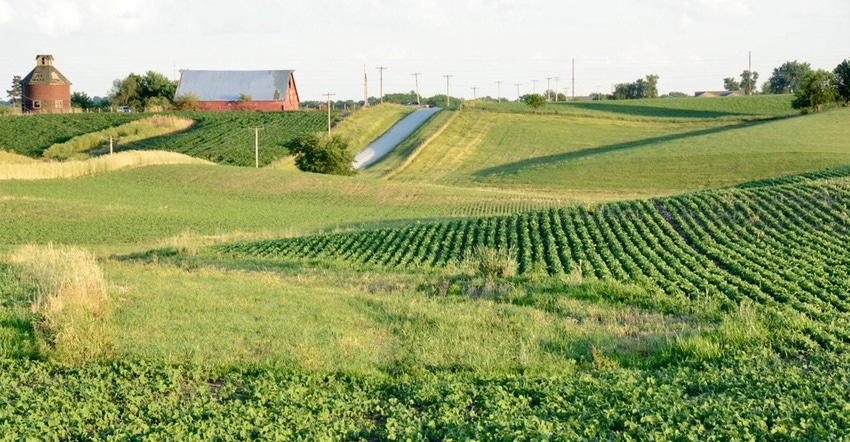November 16, 2017

Seems like every time I pick up a publication that references conservation, the discussion quickly turns to the use of best management practices.
I don’t like to get hung up on names, and this terminology has been around for years, but I still cringe a little when I hear a reference to using a BMP. I get that feeling because I don’t think the concept is accurate. It’s not just me; the Natural Resources Conservation Service doesn’t normally use the term either. I understand the intent, but explaining conservation issues can be difficult in its own right. Why add to the confusion?
When it comes to conservation, NRCS has hundreds of practices and standards we list in our Field Office Technical Guide. There’s something in there for just about every situation you could encounter. The term BMP is typically used in an attempt to describe a list of conservation practices that can be effectively used to solve a specific resource concern.
For example, let’s say water quality is your resource of concern. The cause of degraded water quality has been identified as nitrogen leaving cropped fields. What you need to know is what specific conservation practices would best fix the problem. BMPs are supposed to be the list of practices that can successfully reduce loss of nitrogen from those fields.
If I were going to give you a list of practices to manage nitrogen losses, the broadly scoped “nutrient management” practice would be at the top. This conservation practice standard deals with factors that impact the timing, formulation, placement and amount of nutrients applied, including nitrogen — what many people call the “4 R’s.”
You would also see practices on the list like “filter strips” and “riparian forest buffers,” which involve planting vegetation at the edge of crop fields to filter surface flow before it enters a water body.
There would be engineering practices on the list like “denitrifying bioreactors,” which filter tile water through a bed of carbon substrate (usually wood chips), or “saturated buffers” that combine vegetative buffers and tile to address both surface and subsurface water issues. “Constructed wetlands,” “drainage water management (DWM)”— these are all conservation management practices proven to reduce nutrient losses effectively. So these are all BMPs, right?
BMP what-ifs
Not so fast. What if your farm field isn’t next to a stream or ditch with the uniform overland flow to install a vegetative filter? What if that land has too much slope for DWM to work? What if there is too much tile-drained area for the bioreactor to function or maybe no good source of carbon substrate? What if you don’t have the equipment, time or skill to manage the practice? What if the soils on-site are too fine for tile to work or too sandy to hold water? What if you had another resource concern you were addressing, and a BMP for nitrogen management actually made that problem worse?
When you factor in all these landscape-specific realities, the list of what-ifs quickly becomes longer than the list of BMPs. That’s precisely why NRCS prefers to refer to the correct solution simply as the correct “conservation practice.”
We use a tried-and-true nine-step planning process that involves inventorying resource concerns and making recommendations of alternatives that fit your specific site. Even then, it only becomes the “best” conservation practice when the land manager selects the conservation practice and installs it on the land.
NRCS has a large toolbox of excellent and effective conservation practices that can help you make the best decisions for managing the land and water on your unique Illinois farm. Let us know how we can help.
Dozier is the Illinois state conservationist. Direct comments or questions to [email protected].
About the Author(s)
You May Also Like




